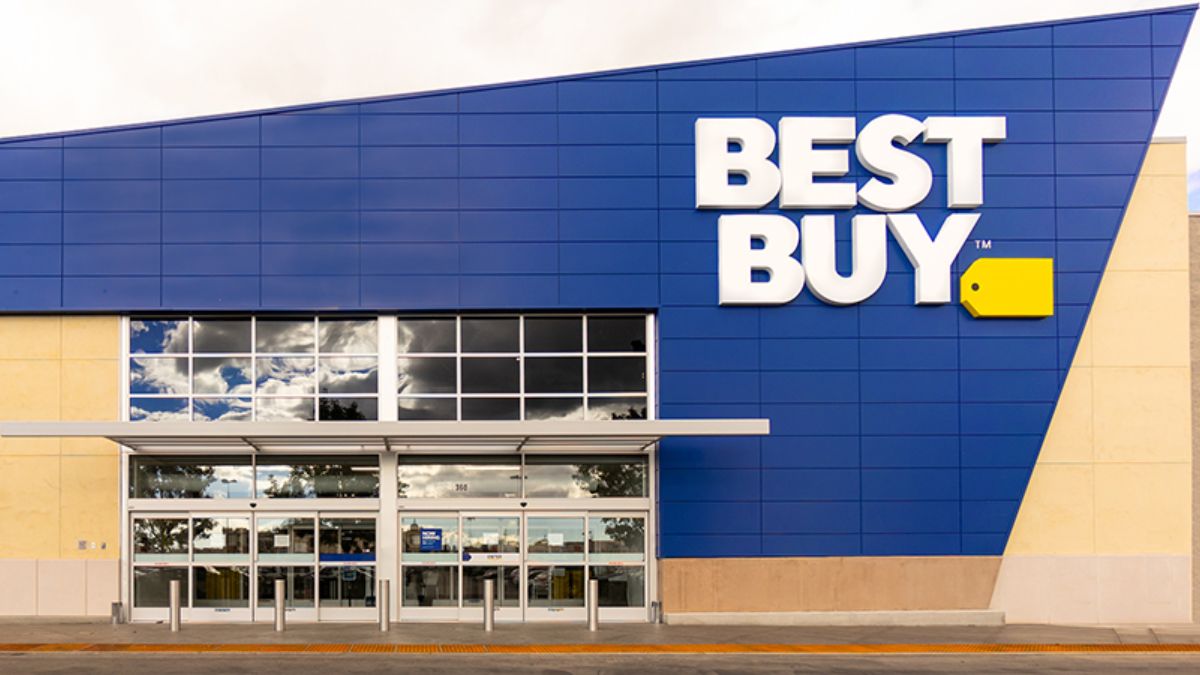Introduction
Best Buy’s latest quarterly sales report has revealed a decline that has left analysts and consumers scratching their heads. The retail giant, known for its wide array of electronics and home appliances, reported a drop in sales for the most recent quarter. Understanding how consumer spending trends are shifting is essential in today’s economy, where every penny counts—especially when it comes to holiday shopping.
Key Financial Highlights
In the latest earnings report, Best Buy reported earnings of $273 million, translating to $1.26 per share. While these figures might seem impressive at first glance, they reveal a stark contrast to the previous year’s earnings, which were more robust. The decline in total sales was palpable, with Best Buy’s revenues slipping from $9.76 billion to $9.45 billion. This 3.2% drop is not just a statistic; it signifies a shift in consumer behavior and market dynamics.
Analysis of Sales Decline
Several factors have contributed to this dip in sales. First and foremost, there’s been a noticeable shift in consumer spending towards essentials. As inflation continues to pinch budgets, shoppers are prioritizing necessities over luxury electronics. This trend has been exacerbated by macroeconomic uncertainty, with many consumers holding off on purchases in anticipation of better deals or waiting for sales events. Additionally, the current political climate and the upcoming elections are also influencing purchasing behavior, as folks hesitate to splurge when the future seems uncertain.
Comparative Performance Metrics
When examining comparable sales performance, the overall decline stood at 2.9%. Specific categories within Best Buy experienced varying levels of success and failure:
- Appliances and home theater equipment saw a significant decrease in sales.
- Gaming products also struggled, reflecting a change in consumer interests.
- On a brighter note, there was growth in computing and tablets, as well as services, indicating that while some sectors are faltering, others are adapting to current demands.
CEO Insights
Best Buy’s CEO, Corie Barry, offered her insights into the current market trends. She expressed an expectation for improved demand as the holidays approach, particularly after the election season. Barry’s optimism might be rooted in the historical trend of increased consumer spending during the holiday season, regardless of prior challenges. Perhaps consumers will feel more confident to splurge once the political dust settles.
Historical Context
To put this decline into perspective, it’s essential to look back at the pandemic era. During those unprecedented times, Best Buy experienced a spike in sales as consumers turned to technology for remote work and learning solutions. The surge in demand for laptops, tablets, and smart home devices was nothing short of extraordinary. However, as we’ve transitioned into a post-pandemic phase, those temporary spikes have settled back down, and now we’re witnessing how the company adapts to a more normal, albeit fluctuating, sales environment.
Strategic Responses by Best Buy
In response to these challenges, Best Buy has been proactive in implementing strategies aimed at boosting sales and enhancing customer experience. Some notable initiatives include:
- Store Modernization Efforts: Best Buy is investing in upgrading their store layouts and technologies to create a more inviting shopping environment.
- Focus on Paid Membership Services: The company is emphasizing its membership offerings to provide added value to customers, hoping to cultivate loyalty and repeat business.
Updated Financial Outlook
In light of the latest developments, Best Buy has revised its financial outlook for the year. The new expectations for annual sales have been adjusted to fall between $41.1 billion and $41.5 billion, a reflection of the current market challenges. Furthermore, the earnings per share projections have been updated from $6.10 to $6.25, showcasing Best Buy’s commitment to improving profitability despite ongoing obstacles. This cautious optimism suggests the company is still confident in its long-term growth potential.
Conclusion
The challenges faced by Best Buy in this quarter are indicative of broader shifts in consumer behavior and market dynamics. As shoppers recalibrate their priorities, retailers must adapt to survive. For consumers, this could mean a more thoughtful approach to spending during the upcoming holiday season. Will you be more mindful of your purchases, or are you ready to dive into the latest tech gadgets? The choice is yours!
Call to Action
We want to hear from you! What are your thoughts on Best Buy’s latest performance and strategies? Are you noticing any changes in your own shopping habits? Share your insights in the comments section below or connect with us on social media. Let’s keep the conversation going!
